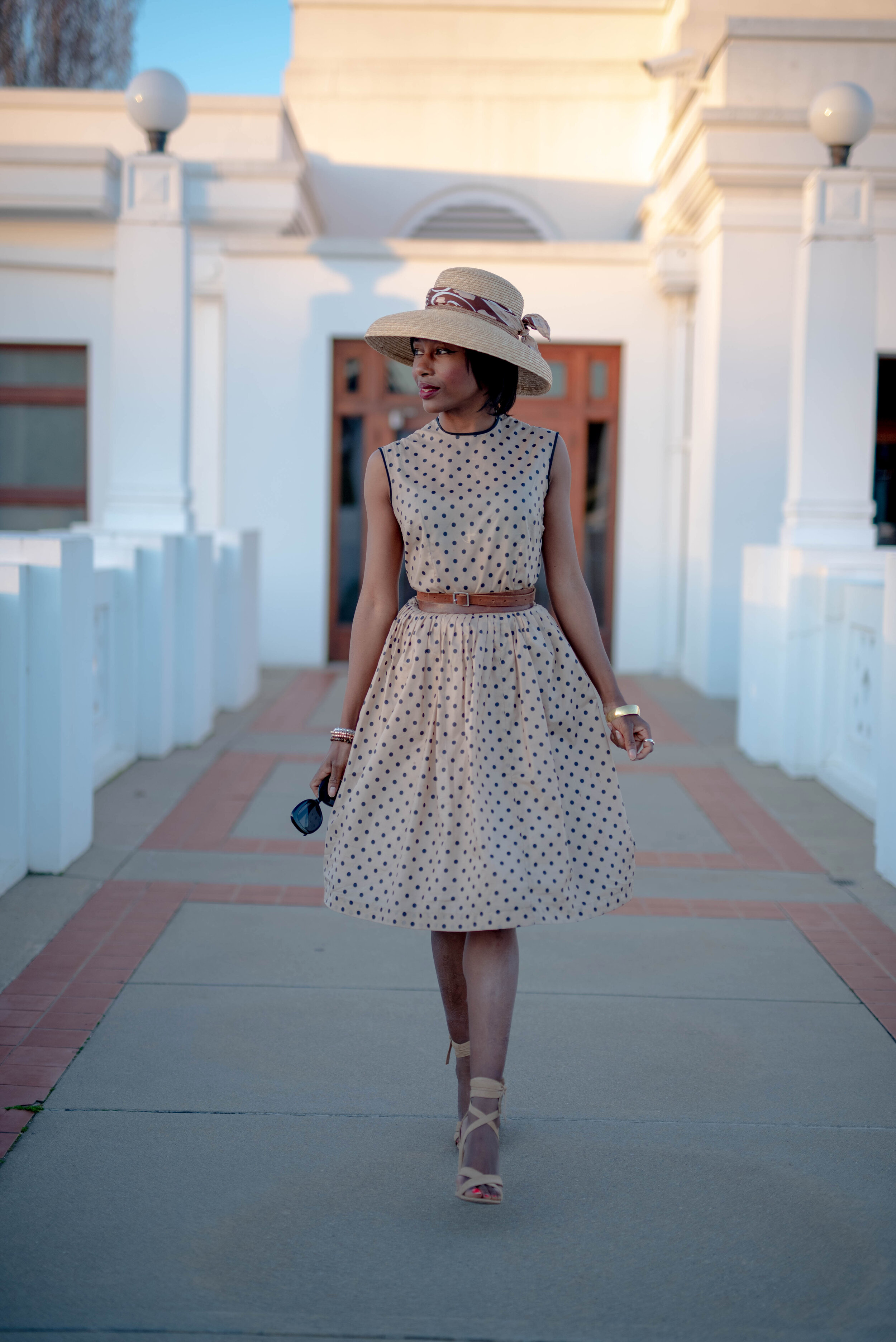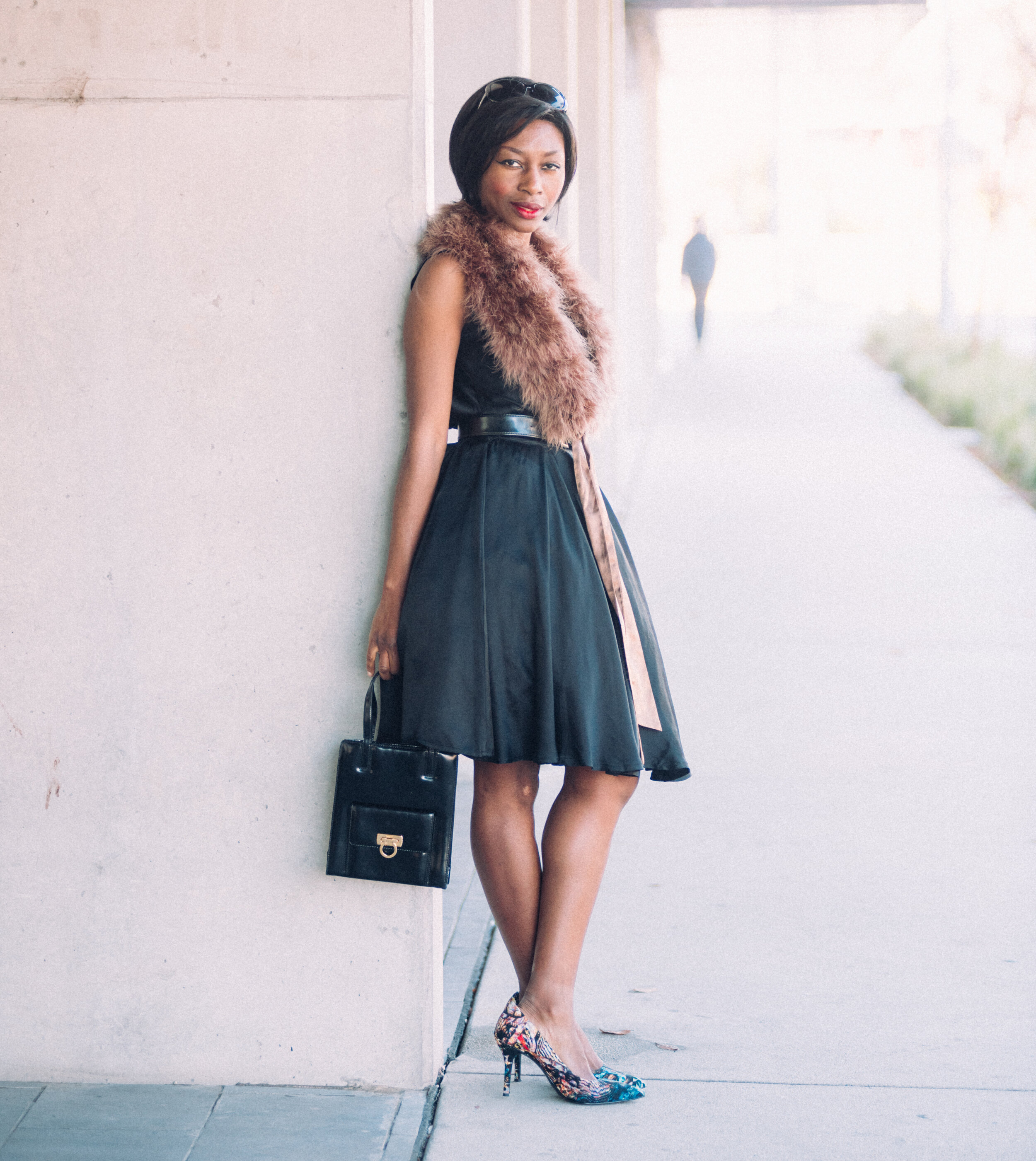The Pulse of the Fashion Industry report once forecast that at the current rate, fashion emissions would grow 63% by 2030. In the quest to achieve net-zero emissions and make slow fashion the standard for all fashion manufacture, it’s absolutely necessary to give accolades to ethical clothing brands who strive to end fashion’s impact on climate change.
These brands have environmental best practice, living wages and human rights advocacy as the cornerstone of their businesses. Brands like Etiko are a guiding light for manufacturing optimum ethical standards where the planet and people are concerned.
In operation since 2005, Etiko was the first fashion brand in the southern hemisphere to have acquired fairtrade certification. They also have GOTS (Global Organic Textile Standard) certification and B Corp certifications. The inspiration for this business model came at a time when it was more challenging to find a company whose products were not made using child labour or unfair wages to workers in another country. They decided to be that brand. They ensure living wages are paid to their workers who are all based in Sri Lanka, India, Pakistan and Australia.
Organic cotton
They make athleisure, basics, underwear, shoes and sports apparel. With an annual estimate of 55 million tonnes of pesticide being used on cotton crops, these toxic chemicals end up in local water bodies and oceans, endangering wildlife, humans and the eco system. For this reason, 100% GOTS organic cotton is what Etiko uses for their clothing and footwear.
Vegan friendly
According to the Food & Agriculture Orgnaisation of the U.N., 18% of all greenhouse gas emissions are from animal agriculture. To minimise carbon footprint, their apparel, like their sneakers are vegan friendly.
Natural rubber
The rubber used comes from rubber trees in Sri Lanka. Natural rubber, unlike petroleum based rubber is naturally extracted from sustainably farmed trees that do not release harmful gases and chemicals. Moreover, natural rubber is 100% biodegradable.
Emissions
For several years, Etiko has been on track to achieving net-zero carbon emissions target for their entire supply chain by the end of this year. It’s not too difficult to see why they have won multiple awards in the sustainability & social impact space such as: A+ in Ethical Fashion Report 2013 – 2017, Human Rights Award 2016, Golden Greenies Award 2012 and the Telstra Business Awards 2008.
The more we acknowledge, support and endorse ethical brands, the sooner they will become standard in retail and furthermore, the possibility of having a fashion industry with net-zero emissions will become a reality.
STYLING
Because I’m nearly obsessed with polka dots, I chose this skirt for this ensemble. I wore my signature ‘50s petticoat with the skirt then paired it with my black Etiko organic cotton t-shirt. No surprises that I’m wearing a waist belt as I often do with a ‘50s style skirt or dress. It really helps to synch in the waist. I completed the look with my red Etiko vegan sneakers.
Colour wise, the black on my t-shirt connects with the black dots on my skirt. The white text on my skirt connects with the white on my skirt (and also the white shoes laces and soles) and then the red on the t-shirt connects with the red of the sneakers. So basic!
Styling tips
True style is all about wearing pieces your own way and putting your own personal signature on them. You can wear a t-shirt and sneakers like these with almost anything. Nothing screams instant style confidence like wearing bold coloured sneakers with an otherwise plain or unflattering ensemble. Try it out for yourself!
Outfit sourced from:
Etiko Black ‘Wear No Evil’ Organic T-shirt – Etiko
White & Black Polka Dot Skirt – Gigi’s Fairy Fashion
Etiko Red Lowcut, Fairtrade, Vegan Sneakers - Etiko
Photography by Pepper Street Photography.
https://www.theguardian.com/fashion/2019/jun/23/five-ways-fashion-damages-the-planet
http://www.fao.org/fileadmin/templates/wsfs/docs/expert_paper/How_to_Feed_the_World_in_2050.pdf
♥ Nina Gbor





























